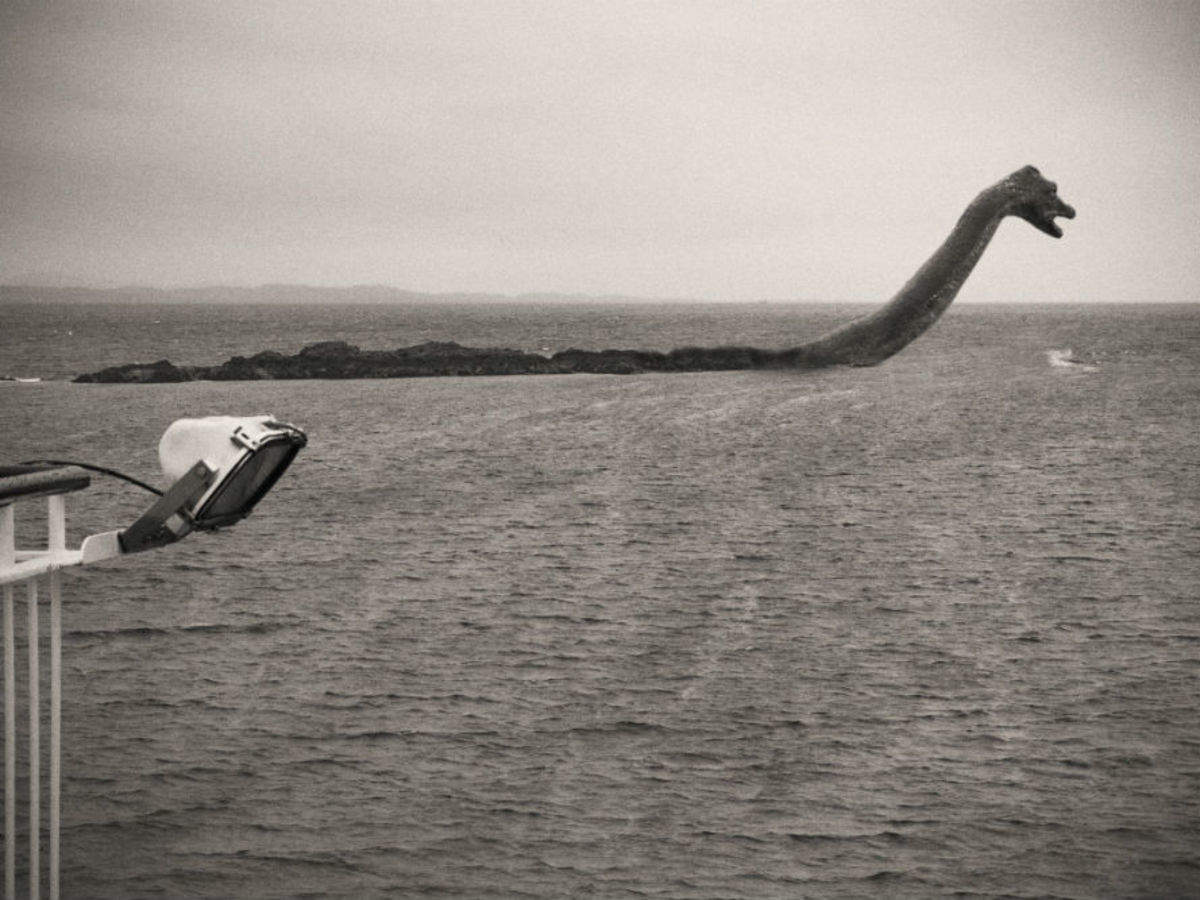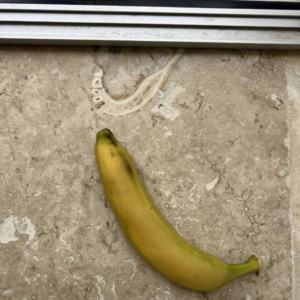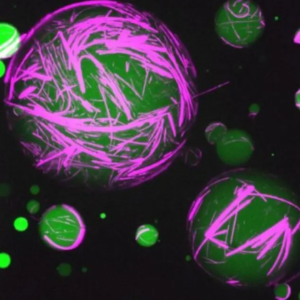
The Loch Ness Monster is a legendary creature purported to inhabit Loch Ness, a sizable freshwater lake near Inverness, Scotland. Despite tales of an aquatic beast residing in the lake dating back over 1,500 years, all attempts to uncover credible evidence of the creature have been unsuccessful. Nevertheless, the public’s fascination with “Nessie” remains undiminished, eagerly seeking any news or sightings associated with the mythical creature.
Earliest References
Loch Ness, situated in the Scottish Highlands, boasts the largest volume of fresh water in Great Britain, with depths reaching nearly 800 feet and a length spanning about 23 miles.
Scholars delving into the lore of the Loch Ness Monster uncover numerous references to “Nessie” in Scottish history, tracing back to around A.D. 500. It’s believed that local Picts carved depictions of a peculiar aquatic creature into standing stones near Loch Ness during this time.
The earliest documented mention of a monster inhabiting Loch Ness appears in a 7th-century biography of Saint Columba, the Irish missionary credited with bringing Christianity to Scotland. According to the biographer, in A.D. 565, St. Columba was en route to visit the king of the northern Picts near Inverness when he halted at Loch Ness to confront a beast that had been terrorizing the local populace.
Witnessing a large creature poised to attack a man, St. Columba intervened, invoking the name of God and commanding the creature to “retreat with all haste.” Miraculously, the monster obeyed, ceasing its aggression and sparing further harm to humans.
1933 Sightings
In 1933, the completion of a new road along the shore of Loch Ness provided drivers with a clear vantage point of the lake. On May 2, 1933, the Inverness Courier reported that a local couple had spotted “an enormous animal rolling and plunging on the surface.”
This sighting sparked a media frenzy, propelling the Loch Ness Monster into the spotlight. London newspapers dispatched correspondents to Scotland, and a circus even offered a substantial £20,000 reward for the capture of the elusive creature.
Following the initial sighting, public interest surged, especially when another couple claimed to have witnessed the beast on land, traversing the shore road. Numerous British newspapers, including London’s Daily Mail, sent reporters to Scotland to investigate. The Daily Mail even enlisted the expertise of big-game hunter Marmaduke Wetherell to capture the creature.
After several days of scouring the loch, Wetherell claimed to have discovered footprints belonging to a large four-legged animal. In response, the Daily Mail ran a sensational headline proclaiming, “MONSTER OF LOCH NESS IS NOT LEGEND BUT A FACT.”
Nessie
Scores of tourists flocked to Loch Ness, eagerly awaiting a glimpse of the elusive creature from boats or deck chairs. Plaster casts of the footprints found near the shore were sent to the British Natural History Museum for analysis. The museum’s report revealed that the tracks belonged to a hippopotamus, specifically a single foot, likely a stuffed specimen. While this revelation temporarily dampened Loch Ness Monster mania, reports of sightings persisted.
In 1934, a famous photograph emerged, seemingly depicting a dinosaur-like creature with a long neck emerging from the murky depths of the lake. This image fueled speculation that “Nessie” might be a solitary survivor of the long-extinct plesiosaurs, aquatic creatures believed to have perished along with the dinosaurs 65 million years ago.
However, Loch Ness was frozen solid during recent ice ages, making it unlikely for such a creature to have migrated from the sea via the River Ness within the past 10,000 years. Furthermore, plesiosaurs, presumed to be cold-blooded, would struggle to survive in the frigid waters of Loch Ness.
Alternative theories posited that “Nessie” could be an archeocyte, a primitive whale species with a serpentine neck that was thought to have gone extinct 18 million years ago. Skeptics argued that the sightings in Loch Ness might be attributed to “seiches,” oscillations in the water surface caused by the influx of cold river water into the slightly warmer lake.
The Search Continues
Amateur investigators maintained an almost constant vigil, and during the 1960s, several British universities launched expeditions to Loch Ness, utilizing sonar technology to explore the lake’s depths. While no conclusive evidence was uncovered, each expedition reported sonar readings indicating the presence of large, unidentified underwater objects.
In 1975, Boston’s Academy of Applied Science conducted an expedition to Loch Ness, employing a combination of sonar and underwater photography. A photograph was captured, and upon enhancement, it appeared to reveal the giant flipper of a creature resembling a plesiosaur. Subsequent sonar expeditions in the 1980s and 1990s yielded further tantalizing, albeit inconclusive, readings.
Despite revelations in 1994 that the famous 1934 photograph was a hoax, the enthusiasm of tourists and both professional and amateur investigators for the legend of the Loch Ness Monster remained undiminished.
News
WNBA Fans Buzz Over “Anne Splashaway” Nickname for Caitlin Clark
Upon witnessing Caitlin Clark’s three-point prowess during the Indiana Fever’s training camp, a WNBA fan took to social media to coin a creative nickname for the 2024 WNBA Draft’s top pick. Inspired by Clark’s sharpshooting skills, the fan cleverly dubbed…
“It wasn’t like this”: Angel Reese notes Clear Distinction in quality between NCAA and WNBA
Angel Reese, a standout college star and 2023 NCAA champion, made waves in the 2024 WNBA draft when she was selected by the Chicago Sky as the seventh overall pick. Since joining the team, Reese has been fully committed to…
“No deposit, no return mindset”: Indiana Fever Coach Establishes Standards for Caitlin Clark, Aliyah Boston, and Co Prior to Season Opener
All eyes are fixed on the Indiana Fever ahead of the 2024 WNBA season, following their acquisition of the highly coveted consensus number one overall pick, Caitlin Clark, in the 2024 WNBA draft. Amidst heightened expectations, head coach Christie Sides…
Dentist Finds What May Be A Prehistoric Human Jawbone Embedded In His Parents’ New Floor
The discovery of a human mandible embedded in travertine flooring during a home renovation in Europe has sparked curiosity and raised questions about its origins. The mandible was noticed by the homeowner’s son, a dentist, who recognized its unmistakable shape….
Researchers Have Successfully Created Artificial Cells That Act Just Like Human Cells
The University of North Carolina at Chapel Hill researchers have achieved a significant breakthrough in biotechnology by engineering artificial cells with life-like behavior using DNA-peptide technology. In their experiment, the team manipulated peptides and genetic material to create cell cytoskeletons,…
LA Sparks 1st Rounder Cameron Brink and Mother Groove to GloRilla’s Beats in Latest TikTok, Sporting $8,600 Hermes Bag
Cameron Brink shares a close bond with her mother, Michelle, often showcased on social media. Recently, they posted a TikTok video dancing to the rhythm of rapper GloRilla’s “Yeah Glo!” In the clip, the former Stanford standout was spotted accessorizing…
End of content
No more pages to load











